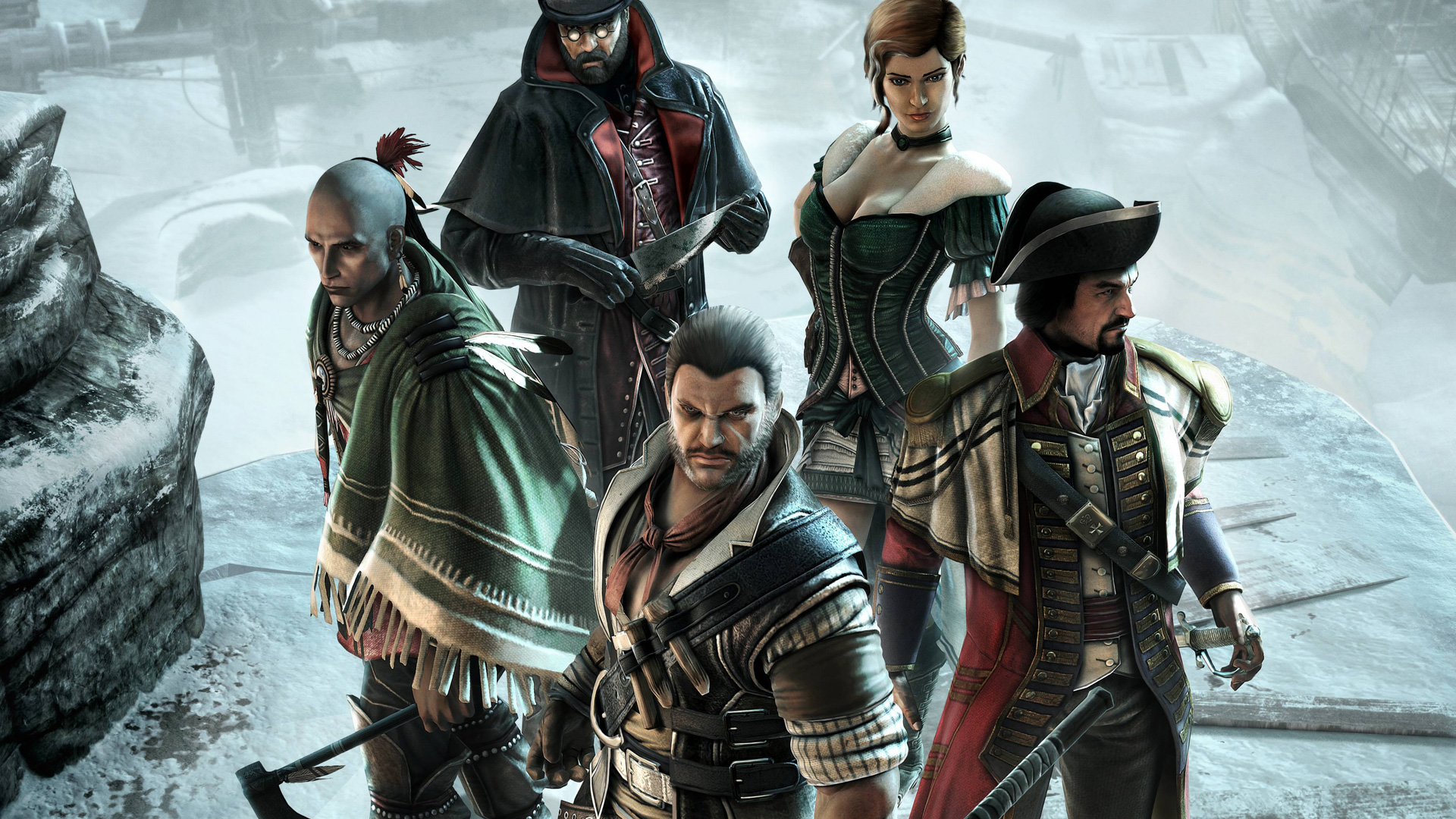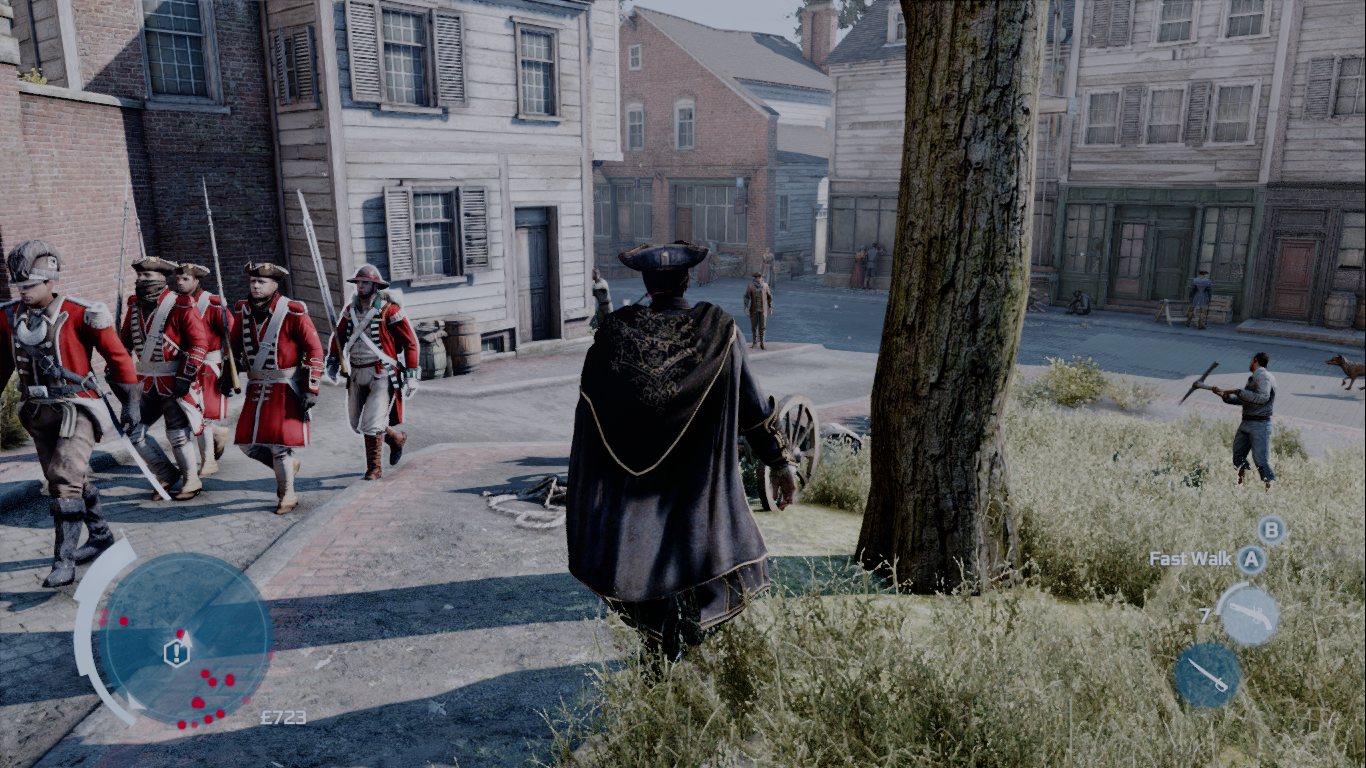

Like all Assassin Creed games, the narrative pivots around real historical events. Think of this as a less cheesy version of Mel Gibson's The Patriot, albeit with a half-English, half-Native American protagonist with a decidedly unpronounceable name that's conveniently anglicised as Connor Kenway. Someone's about to get a splitting headacheĪfter visiting Jerusalem and Europe for the original and the sequel, the third installment brings the eternal clash between the Assassins and Templars to Colonial America. However, with obscenely large budgets and a large pool of development talent, it's a no brainer that the game is poised for greatness. Needless to say, Assassin's Creed III (AC3) sure has large shoes to fill.

The rest is history, and it's little wonder why the franchise went on to become Ubisoft's most profitable property. The game employed Thief's brand of stealth pivoting around parkour-based gameplay-all packaged in a compelling mix of history and science fiction. It broke the mould when it launched in 2007. Even when you do get new IPs, it's generally the same clichéd cover shooter fare any modicum of innovation existing therein is sterilised after several passes through the focus group nonsense.įortunately, Ubisoft's Assassin's Creed wasn't like any other AAA title. With the development cost of your average big-budget AAA game running into some $100-odd million, it takes great courage to pump that kind of money into a new intellectual property (IP), as opposed to a popular franchise with a well-established fan base.


 0 kommentar(er)
0 kommentar(er)
